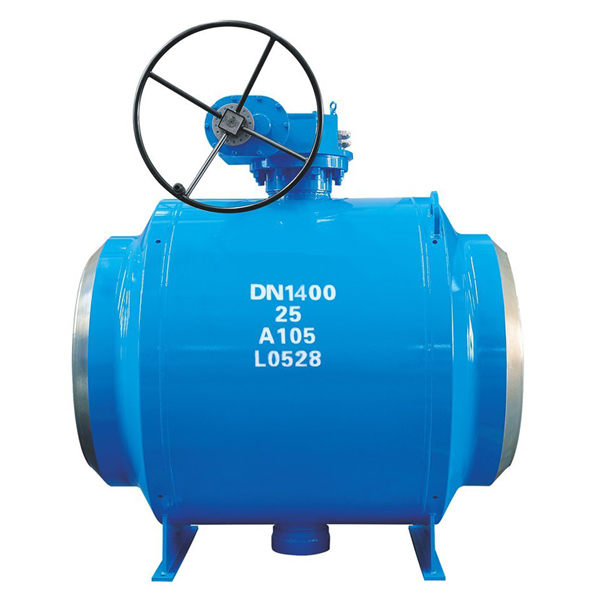Welded ball valves provide permanent, leak-tight connections in critical piping systems. Understanding the fundamental distinction between solvent welding and thermal welding is essential for proper valve selection:
| Parameter | Solvent Weld Ball Valves | Thermal Weld Ball Valves |
| Connection Method | Chemical fusion of thermoplastics | Metal melting (TIG/MIG welding) |
| Materials | PVC, CPVC, PP, PVDR | Stainless steel, carbon steel |
| Max Temperature | 140°F (60°C) | 1200°F+ (650°C+) |
| Pressure Rating | Class 150 | Class 150-2500 |
| Applications | Chemical transfer, water treatment | Oil/gas, steam, high-pressure lines |

Welded Ball Valve Types Explained
1. Fully Welded Ball Valves
– Structure: Monolithic body with no flanges/gaskets
– Advantages: Zero-leak guarantee, 30+ year service life
– Standards: ASME B16.34, API 6D
– Use Cases: Underground pipelines, subsea applications, LNG terminals
2. Semi Welded Ball Valves
– Hybrid Design: Welded body + bolted bonnet
– Maintenance: Seal replacement without pipe cutting
– Industries: Power generation, pharmaceutical processing
– Pressure: Class 600-1500
3. Stainless Steel Welded Ball Valves
– Grades: 316L, 304, duplex, super duplex
– Corrosion Resistance: Withstands chlorides, acids, H₂S
– Certifications: NACE MR0175 for sour service
– Sanitary Options: 3A compliant for food/pharma
Industrial Applications by Type
| Industry | Recommended Valve Type | Key Benefit |
| Chemical Processing | Solvent weld CPVC valves | Sulfuric acid resistance |
| Oil & Gas | Fully welded SS316 valves | API 6FA fire-safe certification |
| District Heating | Semi-welded carbon steel valves | Thermal shock resistance |
| Pharma | Sanitary stainless steel valves | Electropolished surfaces |

NSW: Certified Weld Ball Valve Manufacturer
As an ISO 9001 & API 6D certified weld ball valve manufacturer, NSW delivers:
- Unmatched Range: ½” to 60″ valves (ANSI 150 – 2500)
– Specialized Welding:
– Orbital welding for nuclear applications
– Cryogenic treatment (-320°F/-196°C)
– Hot tapping capability
– Material Expertise:
– ASTM A351 CF8M stainless steel
– Alloy 20, Hastelloy, titanium
– Lined PTFE/PFA options
– Testing Protocol:
– 100% helium leak testing
– API 598 seat tests
– Fugitive emissions (ISO 15848-1)
Post time: Jun-20-2025






